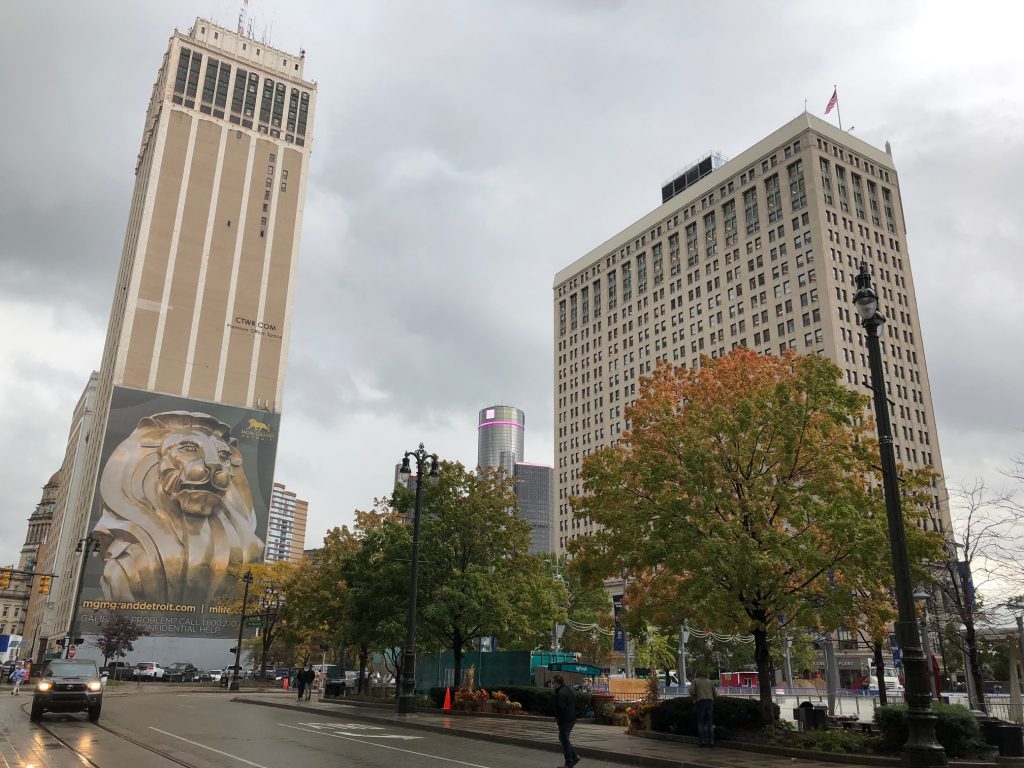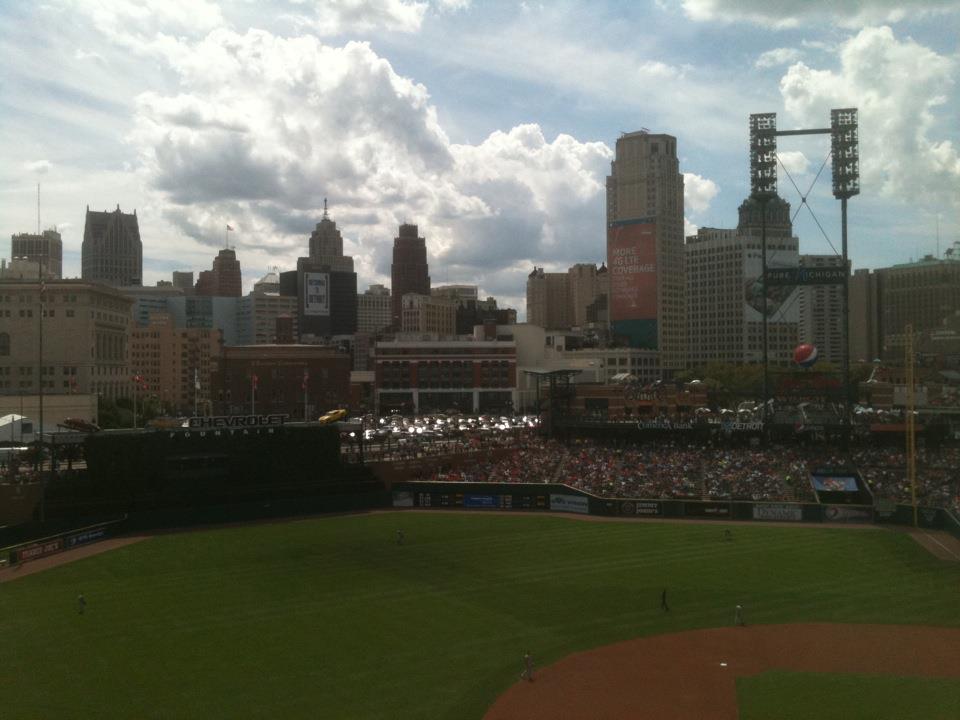What’s the Fine Line Between Art and Ads on City Buildings?
The City of Detroit says it will crack down on large signs and ads on Downtown buildings.


We’ve been talking about a sort of renaissance happening in Downtown and Midtown Detroit for several years now. But how does the city change, aesthetically, when investment moves into town?
The city of Detroit says that it’s going to more strictly enforce an ordinance that would change the way our city looks.
We’ve become accustomed to large-scale signs and advertisements adorning some of the largest buildings Downtown. It’s just part of the way our city looks. And the building owners profit from those advertisements. Now the city says those signs need to come down by the end of the year.
And city officials say the only buildings that can hold advertisements on their outside facades are the sports stadiums.
Ford Field. The new Little Caesars arena. Comerica Park. That’s it.
The city of Detroit will look different Downtown. But is that a bad thing? Many see these advertisements as a sort of blight, harming the aesthetic of a downtown with otherwise astounding architecture.
How does this change in the physicality of Downtown represent some of the larger changes in the neighborhood? And how have other cities dealt with the changing features of their central business districts? What do those changes mean for residents and existing businesses.

Political and communications consultant Greg Bowens and Andrus McDonald, co-owner of Brooklyn Outdoor, an advertising agency in Detroit’s Eastern Market, join Detroit Today with Stephen Henderson to talk about their objections to the city’s crack-down on ads on Downtown buildings.
“There should be a process in place that would allow for this particular part of the ad industry to continue,” says Bowens. “Even the sign of the whales (the mural on the side of the Broderick Tower Downtown), it is selling something. It is selling a particular point of view about the value of the whales, about investing in the environment.”
Jenny Schuetz of the the Brookings Institution also joins the conversation. She’s a David M. Rubenstein Fellow in the Metropolitan Policy Program at Brookings, who has published extensively about housing policy, land use regulation, urban amenities, and neighborhood change.
“There is often a debate about what constitutes art and what is commerce (in cities across the country),” says Schuetz. “And that really is depending on that person’s point of view and depending on your aesthetic taste. So there isn’t going to be an easy answer.”
Click on the audio player above to hear the full conversation.
